Will Detroit's Rental Car Hell Ever End?
During the salad days of my college career, I had the dubious pleasure of working as a car jockey for one of the major rental car companies. My minimum wage foray into the automotive industry offered few perks– aside from its modest contributions to my then-favorite charity (the Collegiate Beer Fund) and the opportunity to study physics and engineering (handbrake turns, and engines on the wrong side of redline). Little did I know that this humble McJob would also give me unique insight into the Big 2.5's ailments.
More than a few years have passed since I surrendered the keys to my part-time fleet job. Yet when business travel puts me behind the wheel of today’s rental pods, I soon discover that the names have changed but the song remains the same.
You don’t have to be a car guy to know that rental vehicles showcase technologies that more competitive automakers refer to in the past tense. These sleds remain more committed to their “traditional values” of thrift, thrift and thrift than a coupon clipping service.
That’s because fleet operators take a less sentimental approach to car ownership than Joe and Jane Sixpack. In particular, the Hertz-Avis-Budget-National cabal demands wheels that can be acquired cheaply and delivered in large quantities. (About one of every eight new cars sold last year found its first home in a rental lot.)
Constrained by their high inventory costs and low margins, fleet operators are not particularly inclined to pay extra for innovative features. Driving intangibles– handling, ergonomic pleasure, haptic excellence, etc. — don’t translate into higher rental rates. Good enough is good enough.
But is it? With the Big 2.5 teetering at the abyss, the mainstream press has finally discovered what those inside the auto industry have long understood: much of our domestic auto production is destined for wholesale dumping, knee-capping their retail business.
How’s this for a snapshot? In 2005, the Big 2.5 commanded 81% of the 2.1 million-unit US rental car market. Sixty percent of Malibus, 55% of Impalas, 42% of G6’s, and 34% of Cobalts moved during the first half of the 2006 model year were enlisted into fleet duty, while only 13% of Camrys and Corollas, and a mere 1% of Accords and Civics, succumbed to the same fate.
Many pundits are directing their wrath towards one specific aspect of fleet sales, namely their low margins. They repeat this mantra endlessly, despite an abundance of Wall Street stalwarts (e.g. Wal-Mart) who've made low-margin enterprises into an art form. The analysts singularly fail to grasp the fact that the impulse to accommodate the fleet buyers’ product requirements poses the greater threat to a potential Detroit recovery.
In that sense, GM, FoMoCo and DCX have been unfairly accused of being out of touch with their customers’ needs. It would be more accurate to fault them for understanding their customers too well. The domestic automakers have excelled in providing their largest customers with precisely the sorts of frills-free, bargain-priced blandmobiles that the large fleet buyers require.
As Supreme Commander of the Fleet, Rick Wagoner would do well to spend some time in the trenches with the “We Try Harder” team. There he would encounter the wheezing fruits of his labors, as GM products struggle up steep inclines and slog through real-world traffic.
Perhaps he’d appreciate that epiphany that must be experienced by many a hapless rental customer (read: average middle-class retail car buyers) who departs the return lot, looking forward to jumping into their own staid but steady Camcord.
GM has committed to reducing its rental fleet in the first half of this year alone by 120k units. At a briefing on Ford's 2007 sales outlook yesterday, Ford spokesmodel George Pipas told reporters that the automaker's sales would fall 40 percent in January, driven by a 60 percent decline in sales to car rental agencies. While the new Sebring tells us that DCX hasn't kicked the habit, declining sales means it's only a matter of time before they follow suit.
But the numbers are still huge. Ford, for example, will sell 700k rental units this year (down from 900k). More to the point, simply reducing the quantity of fleet sales isn't enough. They are merely symptomatic of the disease. Rather, the cars themselves need to be fundamentally redesigned, built to precisely match the unique tastes and proclivities of American retail customers, while eschewing the low-budget design dictates of the fleets.
The Big Two Point Five must also avoid the temptation to chase what promises to be the Next Big Disaster: the peddling of Euro-market designs to US consumers who prefer sedans crafted for their tastes.
If Toyota’s and Honda’s US market success and Ford’s frequent missteps with the “world car” concept teach us anything, it’s that automakers who succeed in both the US and abroad must satisfy two very different markets. The rental fleets isn't one of them.
More by Adrian Imonti
Latest Car Reviews
Read moreLatest Product Reviews
Read moreRecent Comments
- SCE to AUX I hope they're buying good lawyers, too.
- SCE to AUX Nothing to see here. Gas prices 2021-23 were the same as they were in 2007-2008, adjusted for inflation. The R's were in charge then.https://www.randomuseless.info/gasprice/gasprice.html
- VoGhost Just reminding us all that we have to tolerate dealers (many of whom are billionaires) in the US if we want new legacy ICE vehicles because the dealers pay for the campaigns of local politicians, with our money.
- 1995 SC I'm still trying to get past the fact that the Red Bull guy is married to a Spice Girl.
- Ravenuer Not into F1. Started watching NASCAR back when they raced actual cars. (yeah I'm that old). Not any more. They aren't "stock cars" now. Not even close. Even drag races don't interest me anymore. Races are over in 3 seconds.
















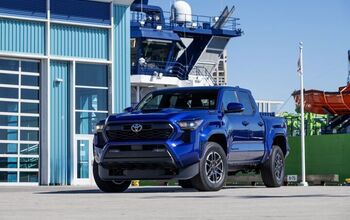
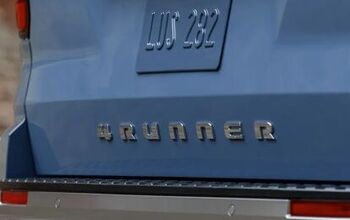
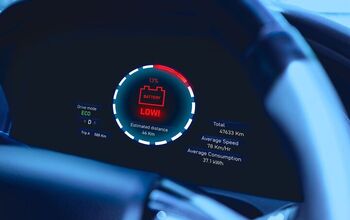
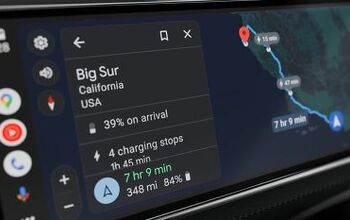
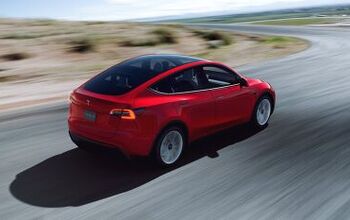
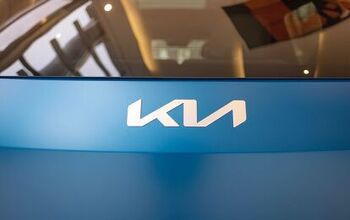
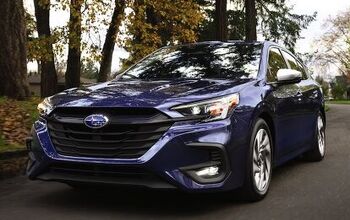

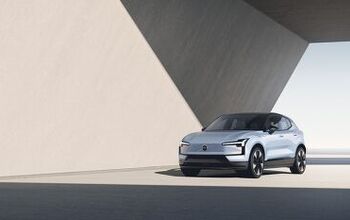
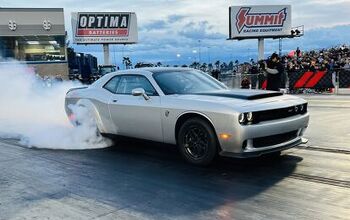
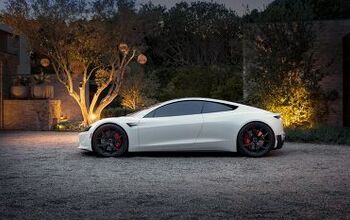

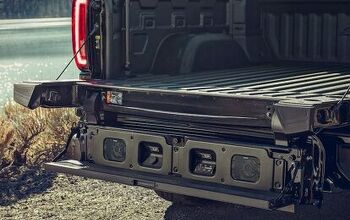
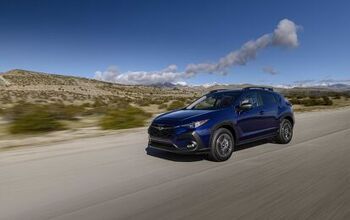
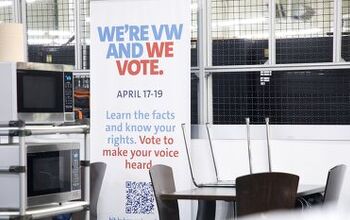
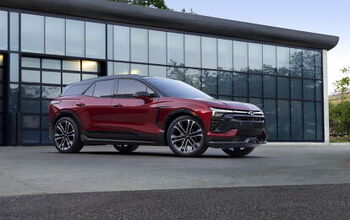

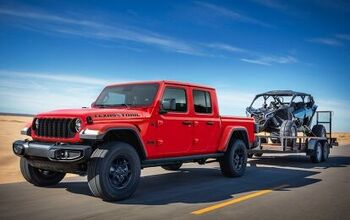
Comments
Join the conversation
I disagree with this comment totally. I lived in Italy for 3 years in the early 1990's and drove everything the average Italian might drive - Opels, VWs, Fords, Renault, Citroen, Fiat, Lancia, Alfa Romeo, etc. I felt then like I do now that GM ought to sell their Opels cars here undiluted & unaltered. We got the Pontiac LeMans and the Catera. In each case these cars were sold to American car buyers as American-ized vehicles with a myriad of bolt on American GM styling cues - left to right rear lighting, plastic cladding, and all sorts of things that did not nothing to increase the vehicle's visual appeal IMHO. If you were to look at these same vehicles in their European sport touring trim (GSC editions) these cars were attractive. They might not be appreciated by the American muscle car crowd but they were fun (!!!) to drive and would have been a good contender for the Hondas and Toyotas and Nissans. Instead we get Cavaliers and Cobalts and bland Saturns. At least the recent Cobalt is a step in the right direction. The Saturn/Opel is GMs best chance to compete with the imports. GM ought to be trying to compete in each market as instead of giving certain markets away. IF teh Asians conquer the pickup truck markets (and their product is getting nicer every year), what will Detroit have left? Hopefully the Opel/Saturns will retain their European styling and character and avoid being Americanized with bland GM North America revisions (think Pontiac body cladding and Buick/Caddy full width tailights) and over boosted brakes and numb steering. Hopefully the program will be run by people who have an actual interest in these small cars and not by a guy more interested in traditional American sedans aka BORING!. Let the Saab guys run the program if nothing else... IF Saturn/Opel would continue to sell these cars I'll buy one. What I'd really like to buy would be an Vectra 5 door. GM sells something like it in America called the Malibu Maxx but it lacks ANY of the sporty good looks of the Opel. What is it with GM North America - are they driving us to the big SUVS and trucks or muscle cars??? Get it right GM or I'll KEEP driving Hondas and VWs!!! -versus- Could the manufacturing cost be that different? Thank you Saturn for the great dealer experience with the no haggle prices. GM could gain alot by following your lead. Thank you for the better looking Vue, the Sky, and the Aura. You are on track to be my next car maker. Focus on smaller non-rebadged cars and SUVs best suited to a smaller engine. Be my American Honda. FWIW I agree totally that the fleet sales are hurting the car makers' numbers. Make fewer cars and trucks. End the product over lap and create Saturn style dealers that sell ALL GM products.
As Bill Murray might have said 30 years ago... Adrian you ignorant slut. Can't you see that Ayn Rand provided automakers with the pathways to either glory or doom with Atlas Shrugged? Who among us is surprised they chose to distance themselves from John Galt? Funny thing about rental car companies; they used to be subsidiaries of Ford and GM. To switch literary genres for a moment; we have met the enemy and he is us. Otherwise a nice piece Aidge. Call me